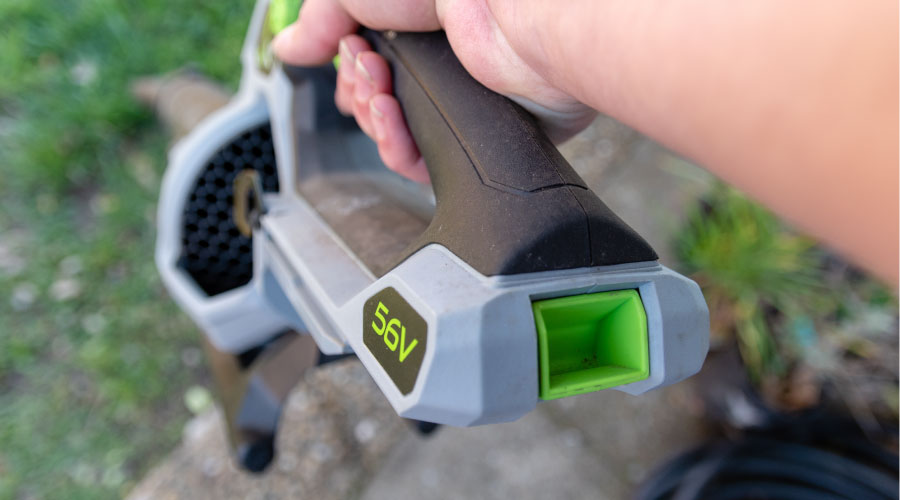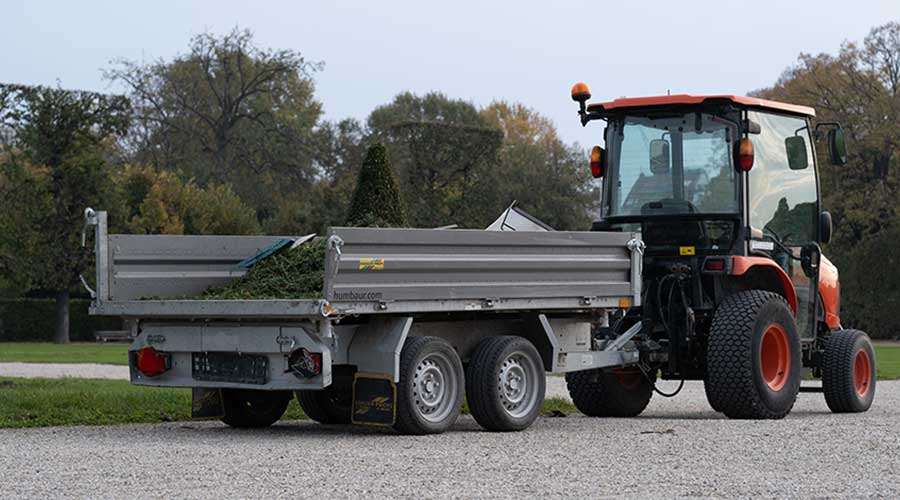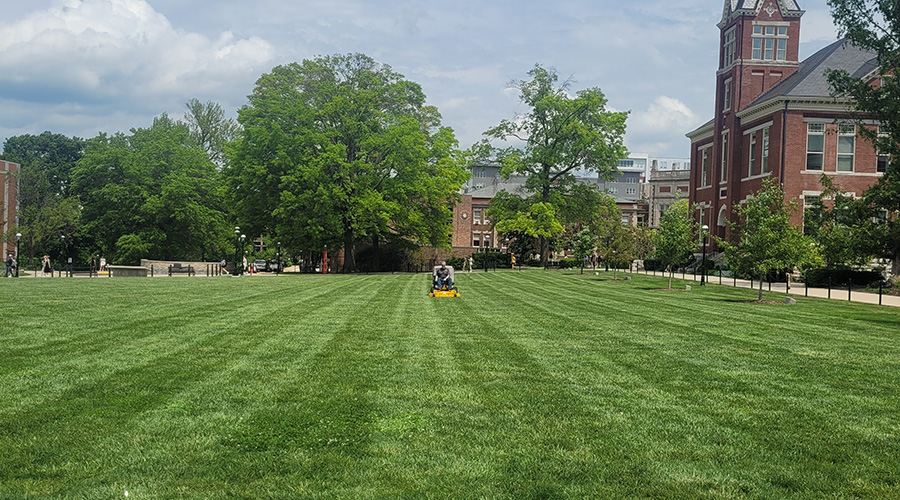Effective Concrete Maintenance Requires Inspection Guidelines
Concrete sidewalks, ramps, parking lots and garages around institutional and commercial facilities can perform reliably for years. But they can do so only if maintenance managers implement a comprehensive concrete-maintenance program that identifies small problems early and addresses them before they become larger and more costly.
By developing inspection guidelines focused on common causes of problems, combining them with effective repair procedures, materials and equipment, and specifying coatings to protect surfaces, managers can extend concrete performance life and minimize trip-and-fall hazards.
Effective Inspections
Managers tackling the challenges of concrete maintenance must accept two contradictory facts: Water is a necessary ingredient in concrete, as well as its single most destructive enemy. Without a vapor retarder to keep water out, concrete coatings on below-grade inside floors or walls soon will fail.
Water expands by 9 percent when it freezes, causing spalling and cracking in exterior concrete walkways, floors, walls, and roofs. Concrete is alkaline and normally protects rebar from rusting, but water mixed with chlorides in de-icing compounds can penetrate to rebar and rust it, causing expansion and cracking. Water also can penetrate structural concrete beams and cause cracking, rusting the rebar and weakening the structure.
The first thing technicians must determine when inspecting concrete is whether the problem is structural or superficial. The start of a structural failure — for example, a deep crack in a structural concrete beam — requires immediate attention and documentation. A concrete engineer using non-destructive evaluation, such as ground-penetrating radar, infrared thermography, and impact-echo technology, can discover hidden problems.
Most concrete problems are superficial, but even these problems need careful and ongoing attention. A cracked curb or spalled walkway, parking-lot surface, or garage floor that is unstable can cause falls and broken bones that require surgery, rehabilitation, and months to heal.
Performing thorough inspections before the colder weather arrives can detect relatively small problems that technicians can repair quickly, preventing further water and ice damage. Inspecting concrete surfaces after cold weather arrives also can reveal new damage that technicians can repair quickly.
The key root-cause factors technicians should record during an inspection include environment, soil, drainage, nearby chemical waste, and on-site activities. They also should document essential facts related to the concrete surfaces in question:
- What was the original purpose of the site, and what is its purpose now?
- What is the history of past stresses, such as changes in the water table and violent weather?
- What were the surface's past conditions, such as snow, ice, load damage, abrasion, vegetation damage?
- Is there evidence of soil causing concrete to settle or heave, or animals burrowing?
- Is there vibration of the surface due to heavy truck or train traffic?
- Is there evidence of settling, cracks, discoloration, erosion, efflorescence, dusting, rebar corrosion, or spalling? If so, what is the location of each such problem?
Related Topics:













